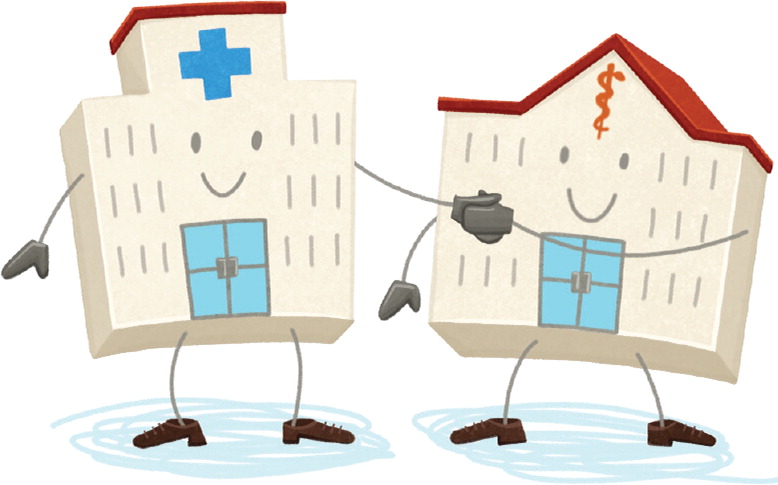
Most of our patients will eventually seek urgent care, so we need to get along.
Fam Pract Manag. 2017;24(6):40
Author disclosure: no relevant financial affiliations disclosed.

Like many family physicians, I used to have a bad impression of urgent care centers. They seemed sloppy with their care, prescribed medications that bothered my patients (e.g., an antibiotic that increased my patient's INR), and seemed like a threat to family medicine. I thought urgent care centers were the fast food of medicine. But then I started working in one. During those three years, I began to understand the challenges urgent care providers face and how we can all work together to provide better care for our mutual patients.
1. Educate patients about what to do when you are not available. Because we in primary care cannot see our patients all the time, we need to make sure they know what to do in urgent care situations, including where to go and how to access their health information. Often, the only medical history an urgent care provider has to go on is what the patient thinks is relevant to mention or what was gathered at a previous urgent care visit. I often felt like I was flying blind. Patients who were prepared regarding important aspects of their history were much easier to care for effectively. Simple technology tools can help. For example, patients can use smartphone apps to store key information, such as medication and allergy lists. Even snapping a picture of their medication bottles with their phone can be lifesaving. (The quick-thinking neighbor of an elderly patient in respiratory distress once did this!) A web-based portal can also give patients access to their health information from any location, but many practices don't offer this tool or don't encourage patients to use it.
2. Partner together to improve access. When I worked in urgent care, I found that some of my colleagues in primary care were thankful that we provided timely care for their patients but others were upset that their patients had come to see us. They seemed to view urgent care as a threat. In reality, most of our patients would have preferred to see their primary care doctor, but they simply couldn't wait. If your patient gets a cut making dinner on a Friday night and needs stitches, will you meet them at the office? Probably not. Urgent care can be your partner in caring for patients when you are not available.
3. Find a way to communicate. Urgent care centers regularly ask patients who their primary care physician is and recommend that patients follow up with that person, but not all centers communicate the details of the visit with the primary care physician. Our group now uses HIPAA-compliant communication software (athenaText) to open the lines of communication and share information securely with our urgent care colleagues. Good communication includes providing feedback. If a patient has not been treated appropriately or you have a question regarding quality, don't hesitate to contact the urgent care provider, the office manager, or the medical director.
4. Stop in and say hello. Your local urgent care providers and staff have probably heard about you through your patients. If you stop by, you'll likely find someone who is family medicine trained. Let the center know if you want to be on the referral list for patients without a primary care provider. Many patients who frequent urgent care centers are young, healthy, and insured but do not have a regular physician.
5. Remember what it's really about. When my daughter was very young, she once informed our minister that she found church boring. He replied, “Not everything is about you.” Sometimes we physicians need to be reminded that it isn't about us. It's about helping our patients get appropriate care when they need it.
